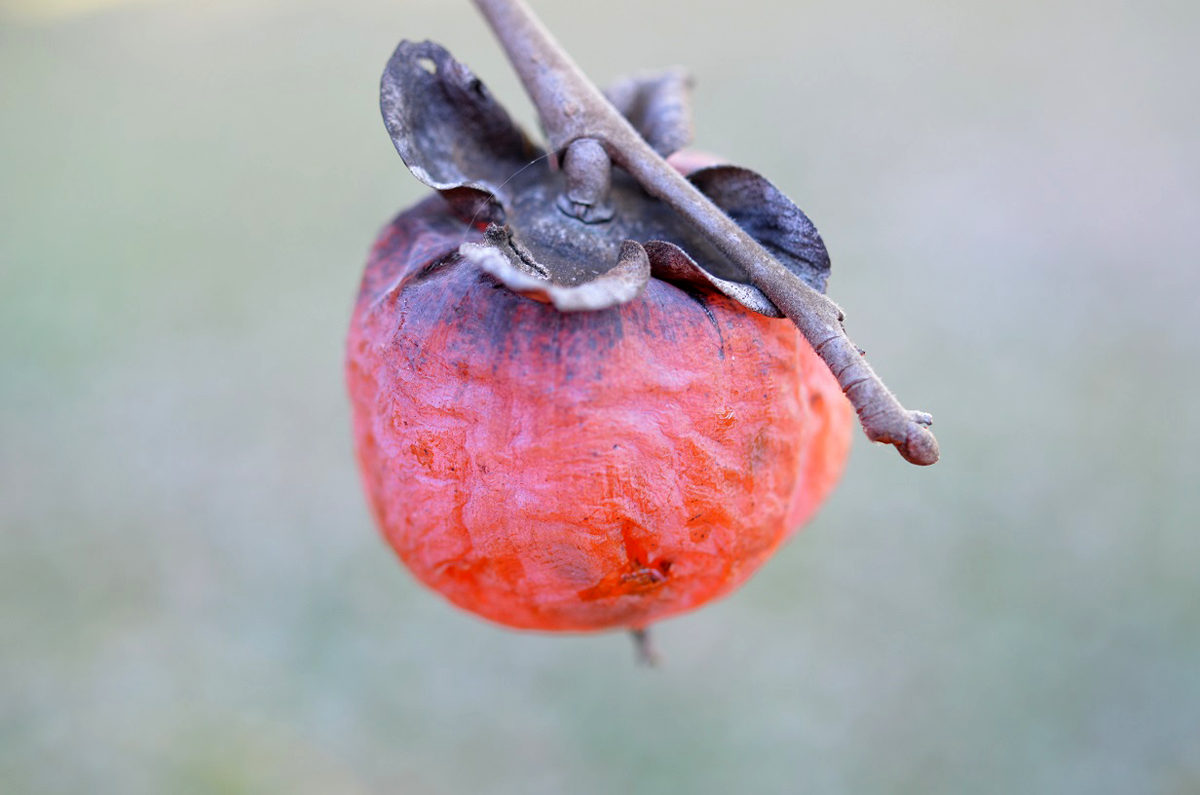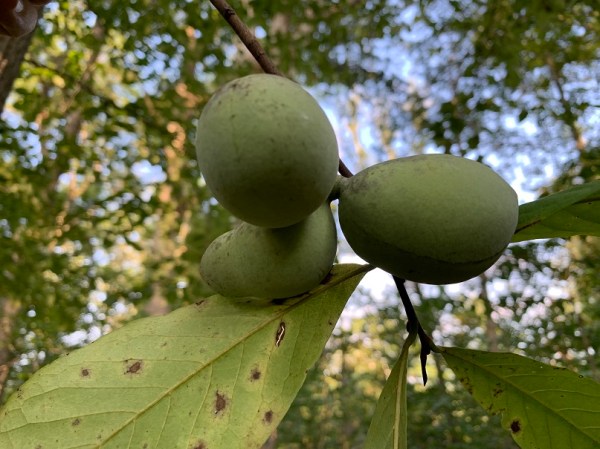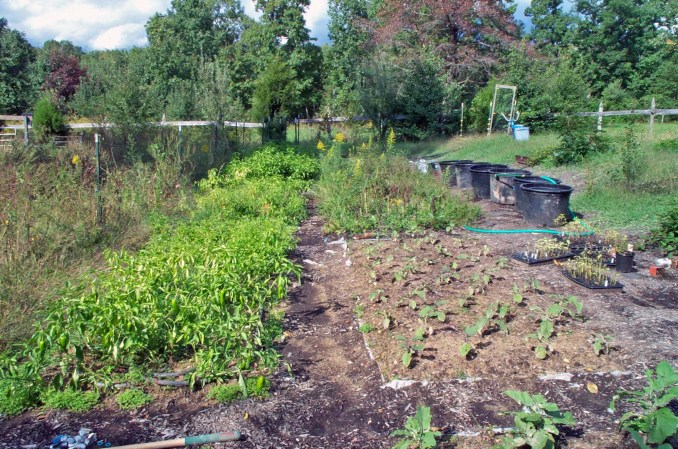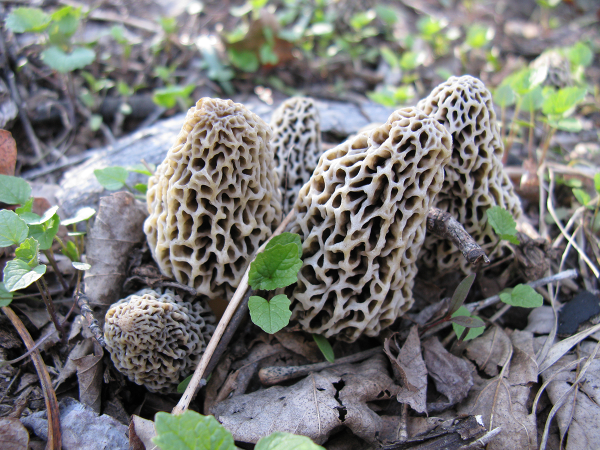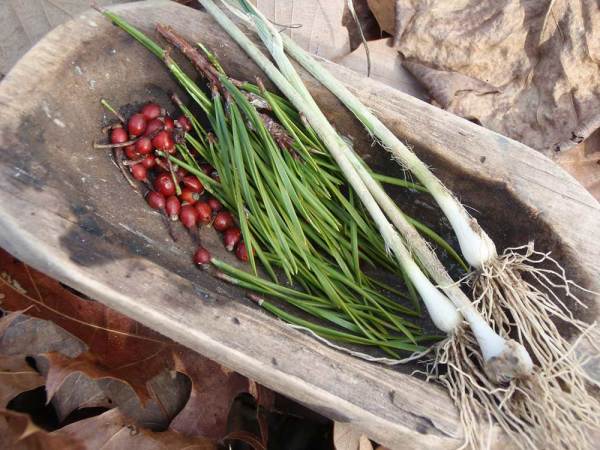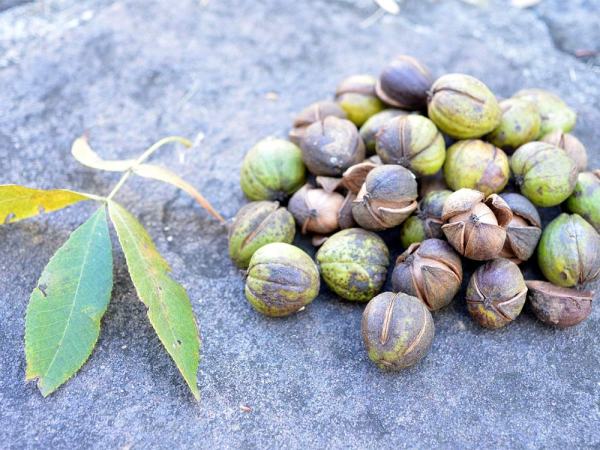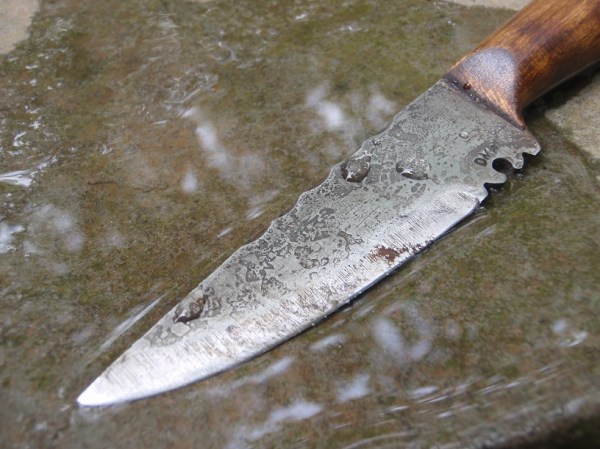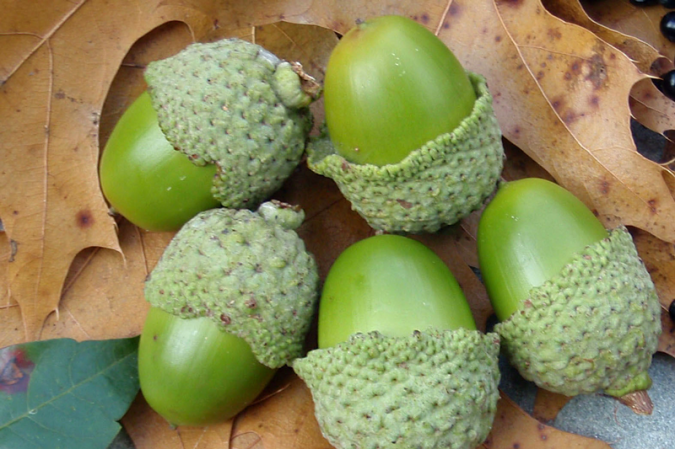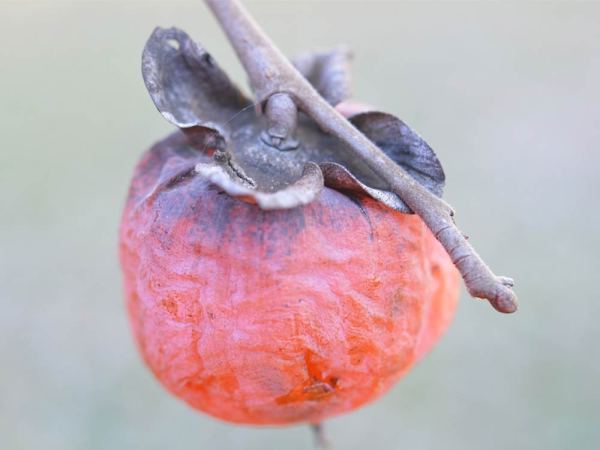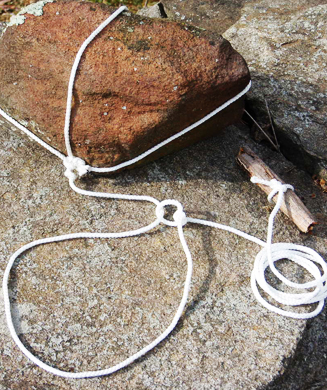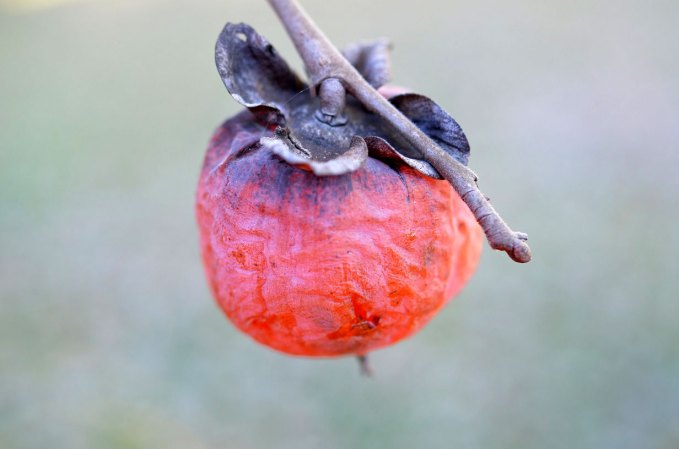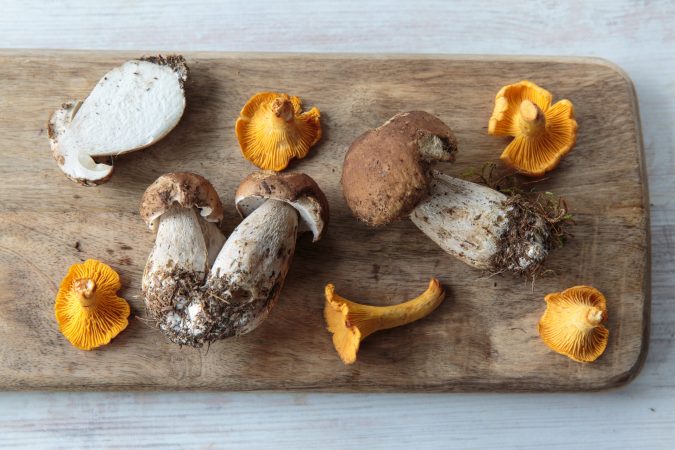Some of the best wild edible plants are available for only a short window of time. In spring, tender wild salads are bountiful. With summer, most of the berries and many of the wild vegetables come into season. And then there’s fall. Of the seasonal wild foods, fall has the biggest calorie payout to a forager. The autumnal season also has one of the sweetest fruits: the persimmon. Here’s everything you need to know about this wrinkly yet super-sweet native fruit.
The American persimmon (Diospyros virginiana) is a deciduous tree found in the eastern half of the U.S. It has alternate simple leaves and small orange fruits that are about two inches wide. A related species with larger fruits can be found in Japan and neighboring countries. These are the source of the tomato-sized fruits you may find in a grocery store under the name persimmon. Both the American and Asian persimmons have a small woody “cap” with four points, just above the fruit. The scientific name of this tree’s genus is diospyros, which means “food of the gods.” You may think that’s overselling the fruit, but you’re wrong. The completely ripe, native persimmon fruits are a sticky, gooey, sweet treasure trove. The fruits of this eastern tree have 127 calories and a full day’s vitamin C per cup of pulp. Look for very wrinkled fruits in late fall.
Unripe persimmons are very bitter and give you a strong case of cottonmouth, but seek out the gnarliest-looking fruits. Generally, the rougher they look, the sweeter they are. The sweet fruit will have a honey, apricot, and orange flavor. The fruit can be eaten right off the tree, turned into fine jams and jellies, or even fermented into a sweet golden wine.
And while the food uses are great, there are other things you can do with this small tree. The green leaves can be dried and then steeped for a slightly spicy tea. The wood is rock-hard, making good mallets and tool handles. Persimmon groves are a great place to hunt and trap, since so many game species visit the trees looking for ripe fruit.
The seeds have even been rumored to predict the upcoming winter weather. The protocol for this prognostication is strange but easy. Cut the seed in half with a sharp knife. Take a close look at the “sprout” inside the seed. The old adage is that you look for the shape of a knife, fork, or spoon. If the sprout is skinny like a knife, the winter will be colder than normal, cutting right through you. If the sprout is forked, the worst of the weather will split and go around your area. Finally, if the sprout is wide at the end, like a spoon, you’ll be shoveling lots of snow this winter. I’ve been cutting persimmon seeds for years and peering inside them. You are supposed to take the average of several seeds to make your prediction. Maybe there’s a pattern, maybe it’s just wishful thinking. Either way, it’s a fun tradition that I’ve passed down to my kids.
Please tell us what you do with persimmons, their leaves, and their wood by leaving a comment.
